
Search Assignments
Our Experts

Search Assignments

Customers Reviews
Imagine a world where the rivers dry out, lakes turn into cracked deserts, and every drop of water becomes a precious lifeline fiercely contested. These scenes are not from the future; it's the reality for billions today. A global water crisis has already become one of humanity's most serious concerns, aggravated by climate change, population growth, and unsustainable consumption.
Once considered an infinite resource, water now stands on the edge of scarcity. The impact is so vast that the entire ecosystems, economies, and human life are on the line.
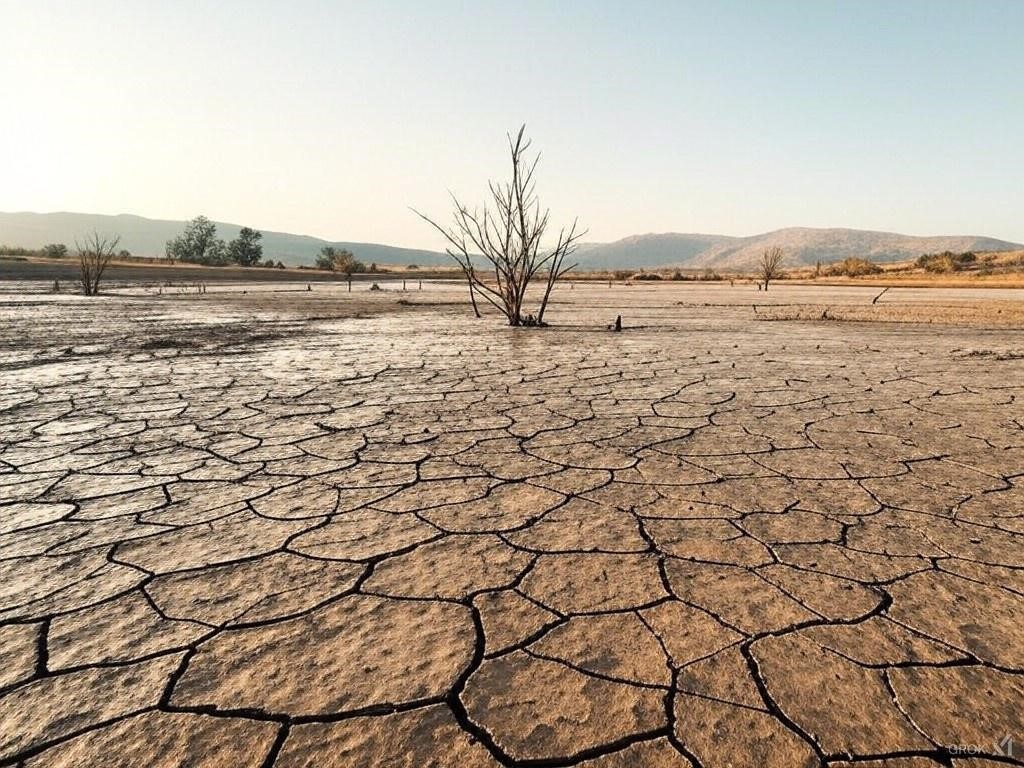
Water crisis is not restricted to a particular demography. It is a challenge that transcends borders. The struggle . Let's try to understand the extent of this problem by an example of Antarctica. Antarctica a region known for it’s 2 I’s – Ice and Isolation is not immune to the effects of global water crisis. While the continent itself ain’t facing any water scarcity in traditional sense, the changes occurring there have wide implications for the rest of the world.
The ice sheets of Antarctica holds about 60% of the planet’s freshwater. However the rising global temperatures are causing these ice sheets to melt rapidly. Approx 6 times faster than it did in 1980s. [A report by NASA And ESA]. The impact of this melting is such that a large volume of water is added to the oceans annually. The influx of freshwater into the oceans can weaken major current systems like the Atlantic Meridional Overturning Circulation (AMOC), which plays a critical role in regulating the global climate. This disruption can lead to more extreme weather events, from prolonged droughts in some regions to torrential rains and flooding in others.
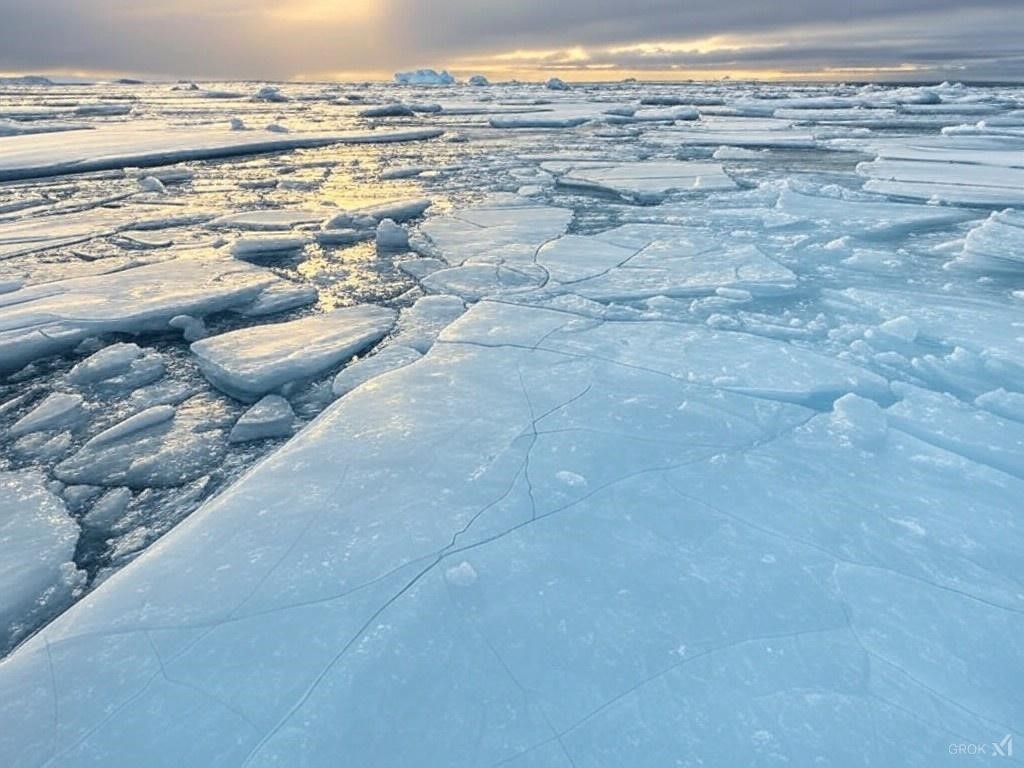
And to imagine this is all happening where there’s no human population issues and agricultural irrigation problems. So the ramifications of this crisis are wider than expected. But still there are few regions which are particularly more vulnerable to the situation.
A WEF (World Economic Forum) report says that MENA- Middle East North Africa region is the most water scarce one. Nearly 90% of the children in this region come under high or extreme water stress. And the situation is expected to get worse with the rise in temperatures.
The next 30 years are going to be very crucial for this region as it’ll be hit severly, impacting 14% of this regions GDP [World Bank]. These high vulnerable areas of MENA accompanied by South Asian regions are expected to face
Disruptive Supply Chains, which will increase the overall living costs and industrial costs of manufacturing which mainly rely on water.
Depleting Aquatic Ecosystems due to reduced water flow, and increased pollution levels.
More Water Borne diseases, Malnutrition, and Sanitation problems.

The regions mentioned have the highest per capita consumption rates due to the following reasons-
Hot and Dry climate - Characterized by Arid and Semi Arid climates, being geographically closer to the Equator and receiving minimum rainfall, Water demand reaches a surplus in the regions. One more problem here is of the Evaporation rates being significantly higher, which means that the water present in lakes, reservoirs, and even soil in such areas dries up really quickly.
Wasteful water infrastructure- A huge chunk of water is lost due to outdated and inefficient infrastructure. Leaking pipes, poorly maintained irrigation channels, and inadequate storage facilities result in substantial wastage of already scarce water resources. The Urban areas of this belt often loses 30-60% of water in some cases due to discrepancies in water distribution networks. Moreover the lack of investment in modern water-saving technologies, such as drip irrigation or rainwater harvesting systems, exacerbates the issue, forcing these regions to consume more water than necessary to meet basic needs.
Heavy reliance on Green House Gas producing Desalination -
Desalination has become an important tool to deal with water scarcity in the Middle East, however, this technology comes with major energy and environmental costs. Desalination, a process which takes out salt and other pollutants from seawater to make it drinkable, is highly energy-intensive, and often, it is produced through fossil fuels, which makes it a big contributor to the greenhouse gas emissions. The use of desalination plants results in the increase of water availability but at the same time, it also leads to the higher water consumption rate without solving the main issue of sustainable water management. Furthermore, the environmental effects of desalination, such as the discharge of brine into the sea, can harm marine ecosystems, which is why it might not be the best solution when it comes to long-term water security.
On the other hand, to cope with the water scarcity problems and also to move to sustainable water management, some strategic actions would have to be implemented such as policy reform, technological breakthrough, public awareness programs and the like.
Furthermore, water management from a geopolitical perspective should be taken into consideration since territorial conflicts arise due to the equal distribution of water between countries, hence, it becomes an extra burden for the states to deal with the crisis and this will need diplomatic dialogue besides the shared governance of the transboundary of the water bodies.
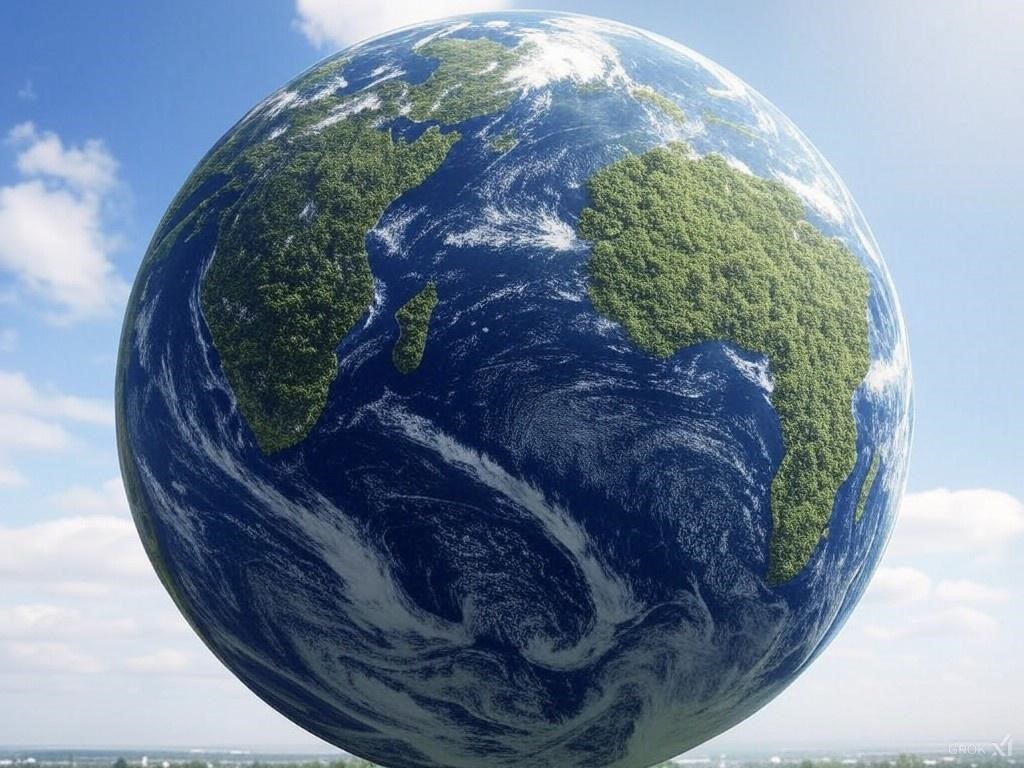
Steps at Micro Level: Water crisis is a global problem and needs to be dealt globally as well. Not only the governments different institutions and have to come together but we the people have to make a difference on our part. At the local level the following methods can be employed to save water-
Community Water Mapping and Assessment: Encourage local communities to map their local water sources, which might include wells, streams, reservoirs, and aquifers. There exists a kind of bottom-up approach that we think can be a reference to improving the knowledge on water distribution and availability on the local scale of a community.
Rainwater Harvesting Initiatives: Develop a plan to lift rainwater harvesting systems and see to it that it is implemented, especially in the rural and semi-urban areas. Homeowners, schools, and community centers should be coaxed into collecting and keeping the rainwater for these types of non-potable uses: irrigation, cleaning, and flushing.Provide local production of affordable rainwater harvesting kits that communities can easily install.
Supporting and Promoting New Research: Integrate with local universities and research institutions to conduct studies that will investigate water usage patterns, alternative water sources, and finally, practices that are more efficient. Advocate for citizen science programs where ordinary people would be the ones to take part in such activities as data collection so as to bring them closer to science which in this case may well be telling the water they deal with quality, the volume of rain, or water usage in a particular place.
Promoting Water-Efficient Agricultural Practices: Advocate for the use of climate-appropriate crops and water-efficient farming techniques such as drip irrigation, mulching, and soil moisture management. Local communities can receive training on adopting sustainable farming practices to reduce water consumption. Establish local seed banks for drought-resistant crops to help farmers adapt to changing climate conditions and water scarcity.
Steps at a broad level: International Cooperation and Cross-Border Initiatives for Water Management
To deal with over-consumption of water and to make sure that water is being managed in a way which is sustainable, international cooperation is unavoidable since water problems frequently exceed borders, geopolitical rafts as well as religious fissures. Such examples of cross-border cooperation and potential future initiatives have been listed here:
Middle East Collaboration: Jordan-Israel-UAE Water-Energy Nexus. A unique composite of Jordan, Israel, and the UAE is a water-energy exchange. In Jordan, the UAE has set up a solar power plant that contributes electricity to Israel. Furthermore, Israel produces clean water from saltwater for Jordan, which is a method of solving severe water scarcity.
Nile Basin Cooperation: The Nile Basin Initiative (NBI) is a cooperative movement that incorporates 11 countries, namely Egypt, Sudan, and Ethiopia. The NBI is designed to ensure a common understanding of the rivers of the Nile among its participants. The NBI deals with creating the groundwork for water market exchanges, particularly those that involve the use of riparian countries' rights of the river, reducing poverty, and promoting social justice. Additionally, NBI continued its mission of South-South Cooperation, geographical focus on the Nile Basin, and use of the information exchange platform's capacity as a knowledge base.
Mekong River Commission (MRC): The Mekong River is a communally owned river by Cambodia, Laos, Thailand, Vietnam, and Myanmar. The MRC deals with the sound management of water resources vis-à-vis sustainability and it has been effective in curbing flooding and drought and protecting fish populations. The activities include the reduction of pollution and expansion of climate resilient practices as one of the goals to be achieved in the future.
The Great Green Wall Initiative in Africa seeks to avert desertification and encourage the sustainable utilization of water in the Sahel area, with the participation of 11 countries. The efforts to conserve water among the local communities and to restore land have been the driving force in regulating water. Strengthening the initiative may lead to better outcomes of water safety in the locality.
What More Can Be Done Globally?
Global Water Sharing Agreements
Countries sharing transboundary water sources should create formal water-sharing agreements to ensure equitable distribution and sustainable use.
Water-Energy Nexus Projects
Increased investment in projects that combine renewable energy with water desalination can help address water scarcity sustainably.
Climate Action for Water Conservation
Global climate agreements should include stronger provisions for water management, helping countries adapt to climate change’s impact on water resources.
To sum up, the global water crisis is an equally inclusive problem that needs joint transcending of boundaries in order to be dealt with. This is exemplified by the Israel-Jordan-UAE water-energy nexus project and the Nile Basin and Mekong River projects . Theoretical production of water governance, regional partnerships, and strategies, that are affordable and efficient, can enable a future where water is equitably distributed, efficiently managed, and protected for generations to come. By this, the crisis can become an impetus for innovation and unity.

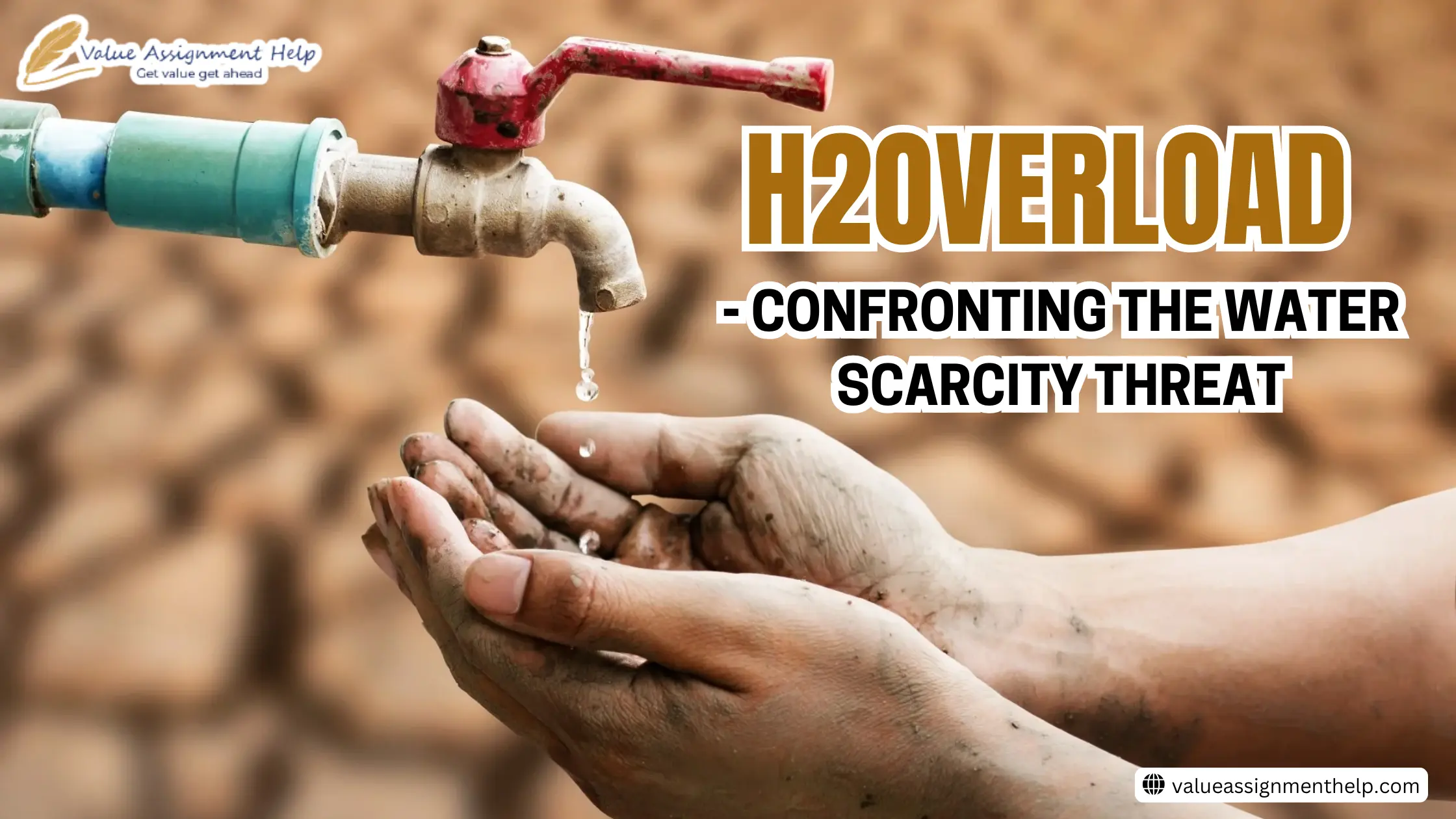
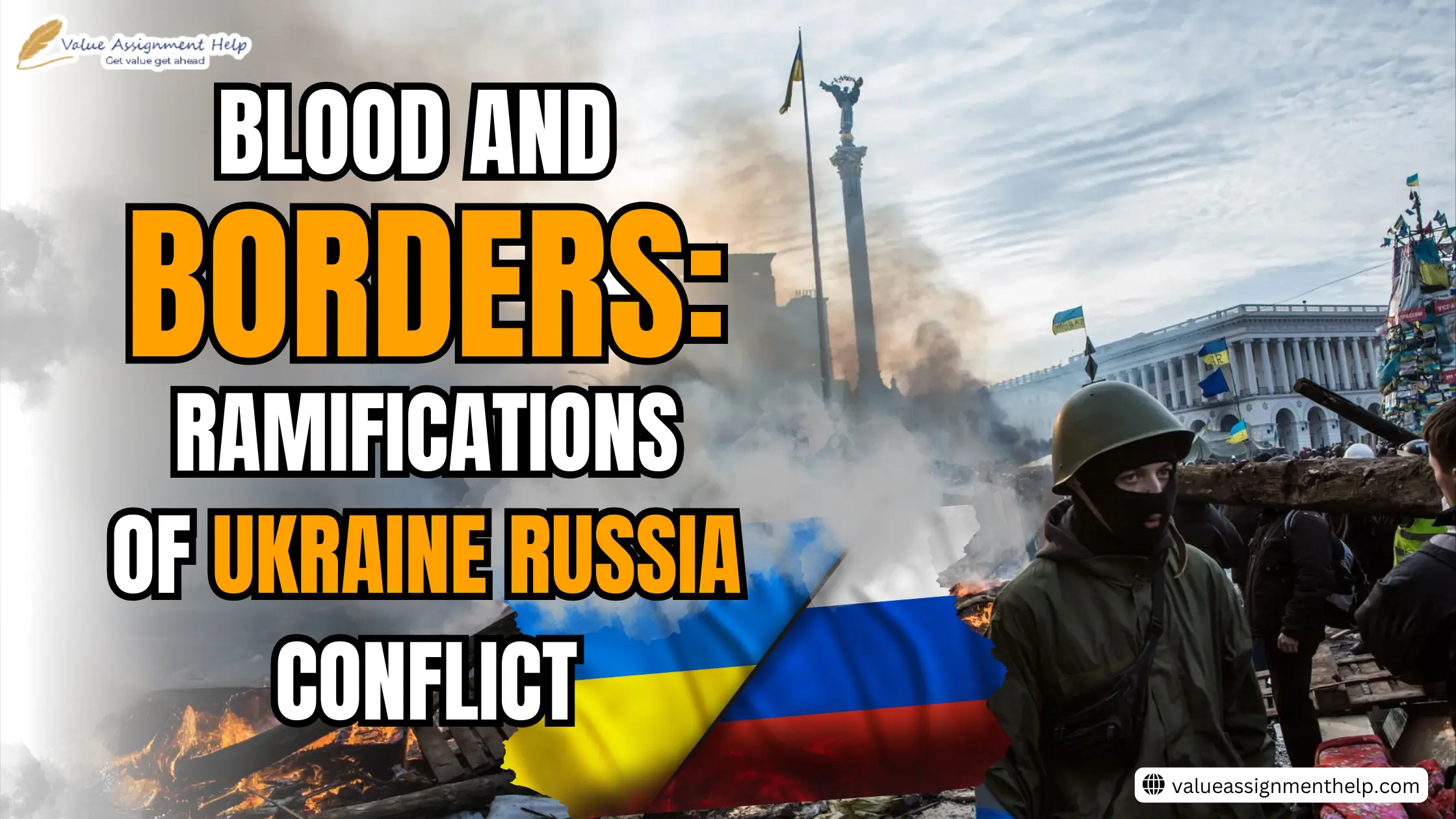
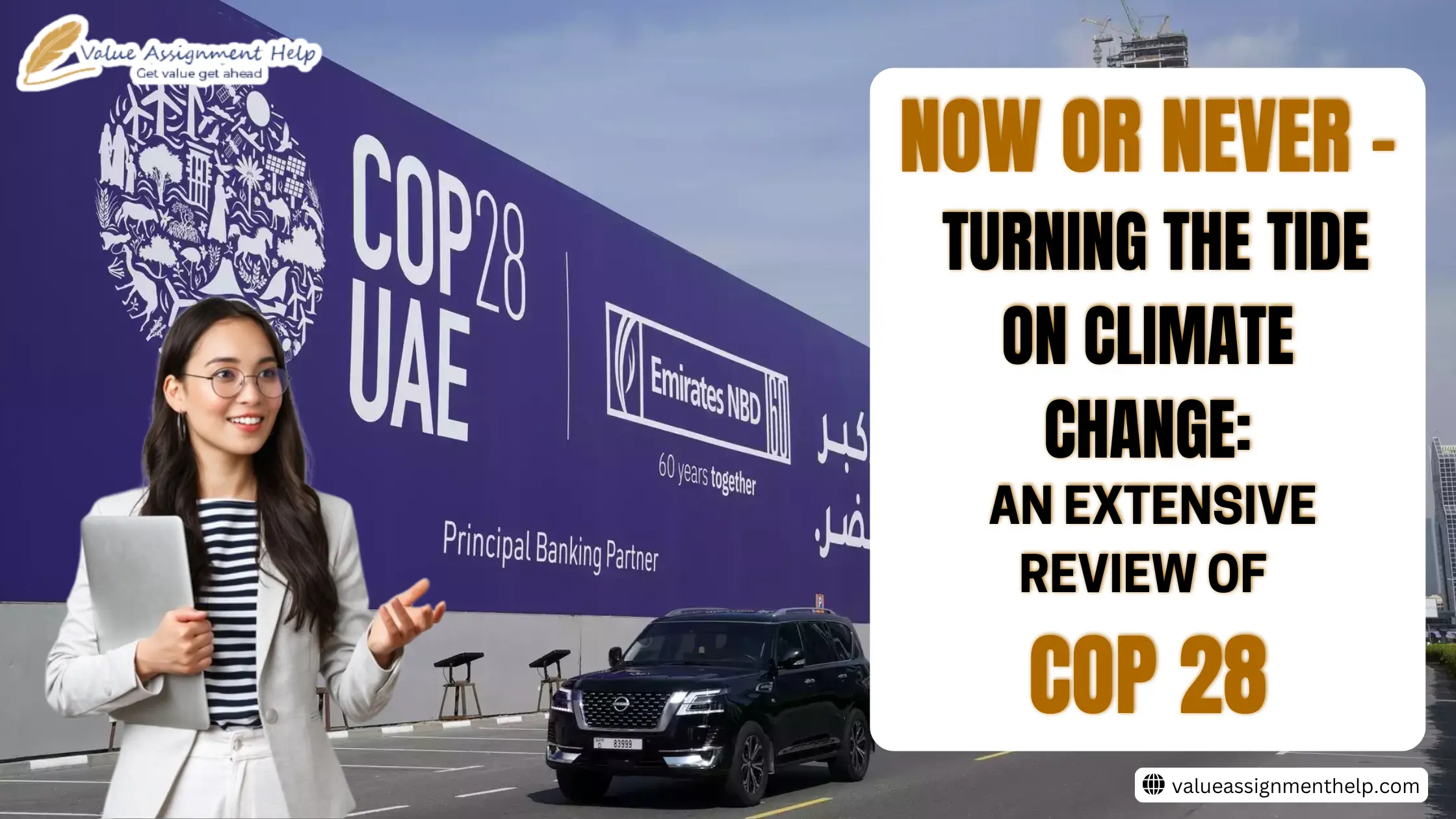
No Comments